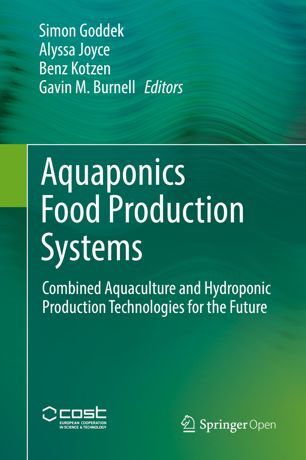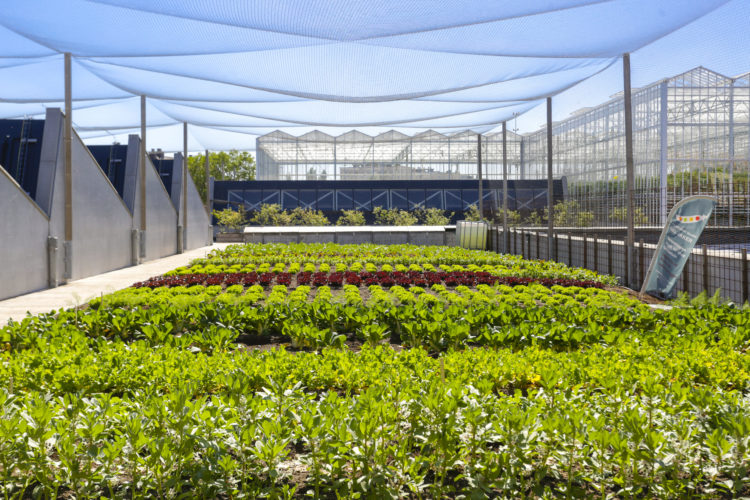June 3, 2019
Aquaponics in the Built Environment
Book chapter in Aquaponics Food Production Systems, Springer International Publishing 2019


BIGH Ferme Abattoir, Brussels , 07/05/2018
Credit : Daina Le Lardic / Isopix
Abstract
Aquaponics’ potential to transform urban food production has been documented in a rapid increase of academic research and public interest in the field. To translate this publicity into real-world impact, the creation of commercial farms and their relationship to the urban environment have to be further examined. This research has to bridge the gap between existing literature on growing system performance and urban metabolic flows by considering the built form of aquaponic farms. To assess the potential for urban integration of aquaponics, existing case studies are classified by the typology of their building enclosure, with the two main categories being greenhouses and indoor environments. This classification allows for some assumptions about the farms’ performance in their context, but a more in-depth life cycle assessment (LCA) is necessary to evaluate different configurations. The LCA approach is presented as a way to inventory design criteria and respective strategies which can influence the environmental impact of aquaponic systems in the context of urban built environments.
